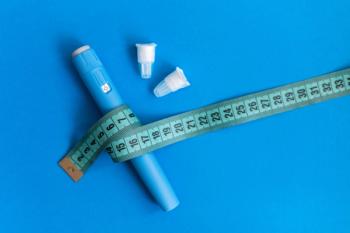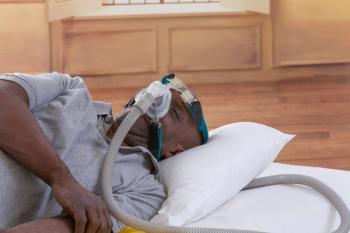
FDA Issues Warning on Do-It-Yourself Artificial Pancreas
Some people living with type 1 diabetes are unhappy with commercial technology currently avaiable, while others see their choices limited by payer coverage decisions.
The FDA on Friday issued its first-ever warning about do-it-yourself (DIY) artificial pancreas systems after a patient who used one suffered an accidental insulin overdose. The incident, and the FDA’s action, prompted a statement on Twitter from several well-known developers.
DIY systems combine FDA-approved components, including insulin pumps and continuous glucose monitors (CGM), with open source software to deliver continuous doses of insulin. It is estimated that the systems have attracted thousands of users who either have type 1 diabetes (T1D) or who are parents of children with T1D.
“The FDA is concerned about people with diabetes using unauthorized devices for diabetes management used alone or along with authorized devices,” the agency's
“This unauthorized system resulted in an insulin overdose requiring medical intervention. These devices were not designed to be used together and were combined in a way that had not been thoroughly tested for compatibility,” the statement continued, adding that it was unclear exactly how the malfunction occurred.
“When patients combine devices that are not intended for use with other devices, or when patients use any unauthorized devices, new risks are introduced that the FDA has not evaluated for safety or effectiveness,” the statement said. “Patient use of unauthorized diabetes management devices, alone or along with other devices, could result in inaccurate glucose level readings or unsafe insulin dosing.”
The
The DIY movement is roughly 5 years old; OpenAPS founders Dana Lewis and Scott Leibrand created the first system from an older-model insulin pump in December 2014. Another milestone came the following spring, when John Costik, whose son has T1D, presented the Nightscout Project at South by Southwest. Costik’s focus at that time was remote monitoring of his son’s glucose levels, a feature that manufacturers have since addressed. All were motivated by the limits of existing technology, a sentiment embodied in the hashtag #WeAreNotWaiting that unites users of various DIY artificial pancreas systems.
In 2016, FDA approved a hybrid closed loop system from
Why do patients turn to DIY systems? Some are dissatisfied with current commercial options, and others must contend with payer coverage decisions that put new technologies out of reach. The T1D community has protested a partnership between
Thus far, FDA has left DIY developers alone, as the products are not sold, and the open access software is available for free.
Friday’s statement said, “The FDA is aware of manufacturers marketing unauthorized diabetes management devices that use an algorithm to convert raw data from an FDA authorized glucose sensor to a glucose level displayed to the patient. The FDA has not evaluated the algorithm that these unauthorized devices use. The algorithm may return inaccurate glucose values.” No companies were named in the statement.
Newsletter
Stay ahead of policy, cost, and value—subscribe to AJMC for expert insights at the intersection of clinical care and health economics.













































